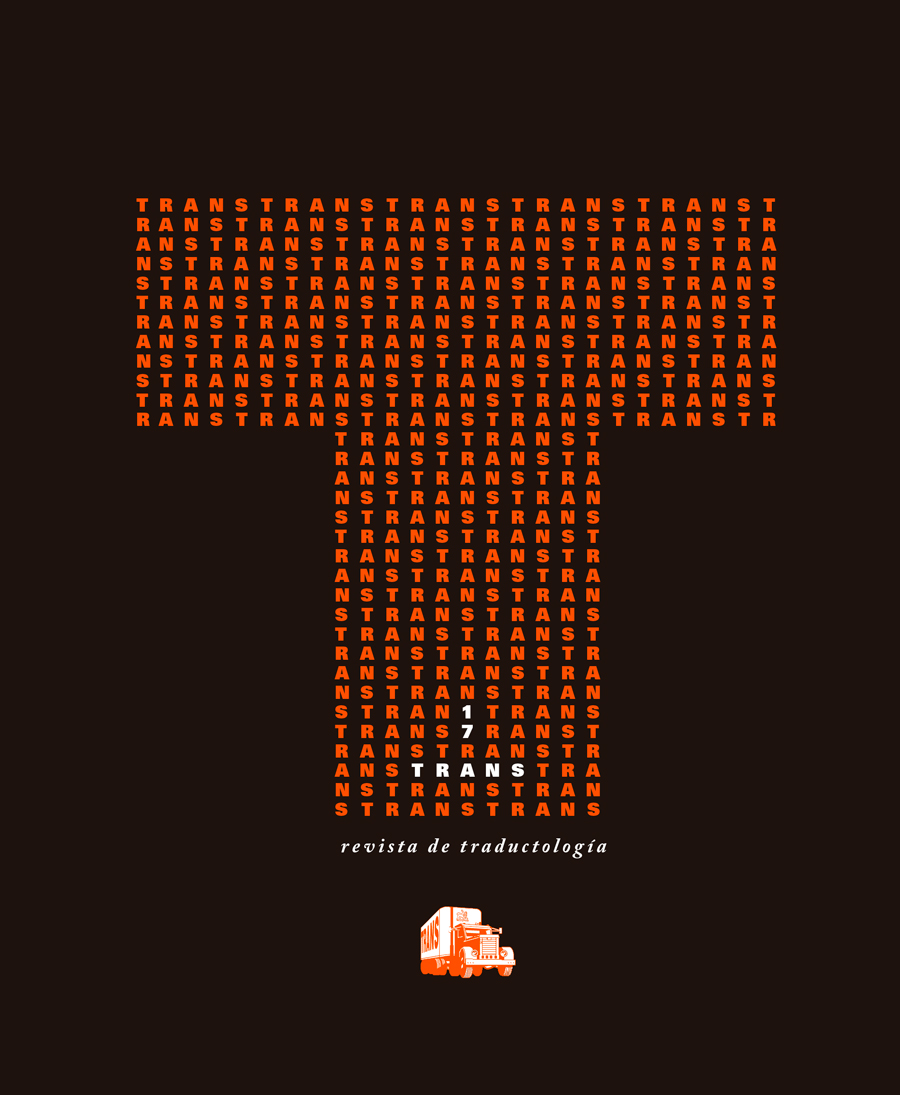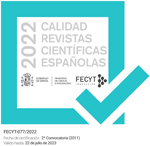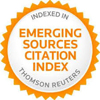Dubbing black box and archive fever: in defense of a genetic analysis of film dubbing
DOI:
https://doi.org/10.24310/TRANS.2013.v0i17.3227Keywords:
archive fever, dubbing black box, textual surfaces, dubbing genetic analysis, anamnesis.Abstract
When studying the process of film dubbing it is usually stressed the fact that in the production of the dubbed version people see at the movies or at home, a chain of agents has been involved, agents that have modified to a greater or lesser extent the dubbed text. There are also many studies that have carried out a thorough description of the role played by these agents, as well as the several phases of the dubbing process. However, few studies mention that such actions have a textual form belonging to the mode of working documents. And there is not a single reference in those studies to the absolute necessity of consultation of such working documents for the study of film dubbing. The concealment of this archive has an immediate consequence: most studies on dubbing are insufficient since they have only been able to analyze the more accessible textual surfaces. Therefore a new genetic analysis model that brings to light the documentary archive generated in each stage is neededDownloads
Metrics
Publication Facts
Reviewer profiles N/A
Author statements
Indexed in
-
—
- Academic society
- N/A
- Publisher
- Universidad de Málaga
Downloads
Published
How to Cite
Issue
Section
License
All contents published in TRANS. Revista de Traductología are protected under the Creative Commons Attribution-NonCommercial-ShareAlike 4.0 International (CC BY-NC-SA 4.0) license. All about this license is available in the following link: <http://creativecommons.org/licenses/by-nc-sa/4.0>
Users can copy, use, redistribute, share and exhibit publicly as long as:
- The original source and authorship of the material are cited (Journal, Publisher and URL of the work).
- It is not used for comercial purposes.
- The existence of the license and its especifications are mentioned.
- ShareAlike — If you remix, transform, or build upon the material, you must distribute your contributions under the same license as the original.
There are two sets of authors’ rights: moral and property rights. Moral rights are perpetual prerogatives, unrenounceable, not-transferable, unalienable, imprescriptible and inembargable. According to authors’ rights legislation, TRANS. Revista de Traductología recognizes and respects authors moral rights, as well as the ownership of property rights, which will be transferred to University of Malaga in open access.
The property rights are referred to the benefits that are gained by the use or the dissemination of works. TRANS. Revista de Traductología is published in an open access form and it is exclusively licenced by any means for doing or authorising distribution, dissemination, reproduction, , adaptation, translation or arrangement of works.
Authors are responsable for obtaining the necessary permission to use copyrighted images.













21.png)
